Healthcare
Toyohashi Municipal Hospital - Improving Hospital Information Security with an EIZO IP Decoding Monitor Surveillance System
Toyohashi Municipal Hospital is a key hospital located in Toyohashi, Aichi Prefecture, Japan, providing medical care services for the region. The facility is equipped with 780 beds for general care, as well as ten beds each in the tuberculosis and infectious disease wards. The hospital has long used EIZO RadiForce medical monitors for imaging, as well as FlexScan monitors for displaying electronic health records. In March 2022, they installed EIZO’s 27-inch IP decoding monitor, the DuraVision FDF2711W-IP, for surveillance of their server room.
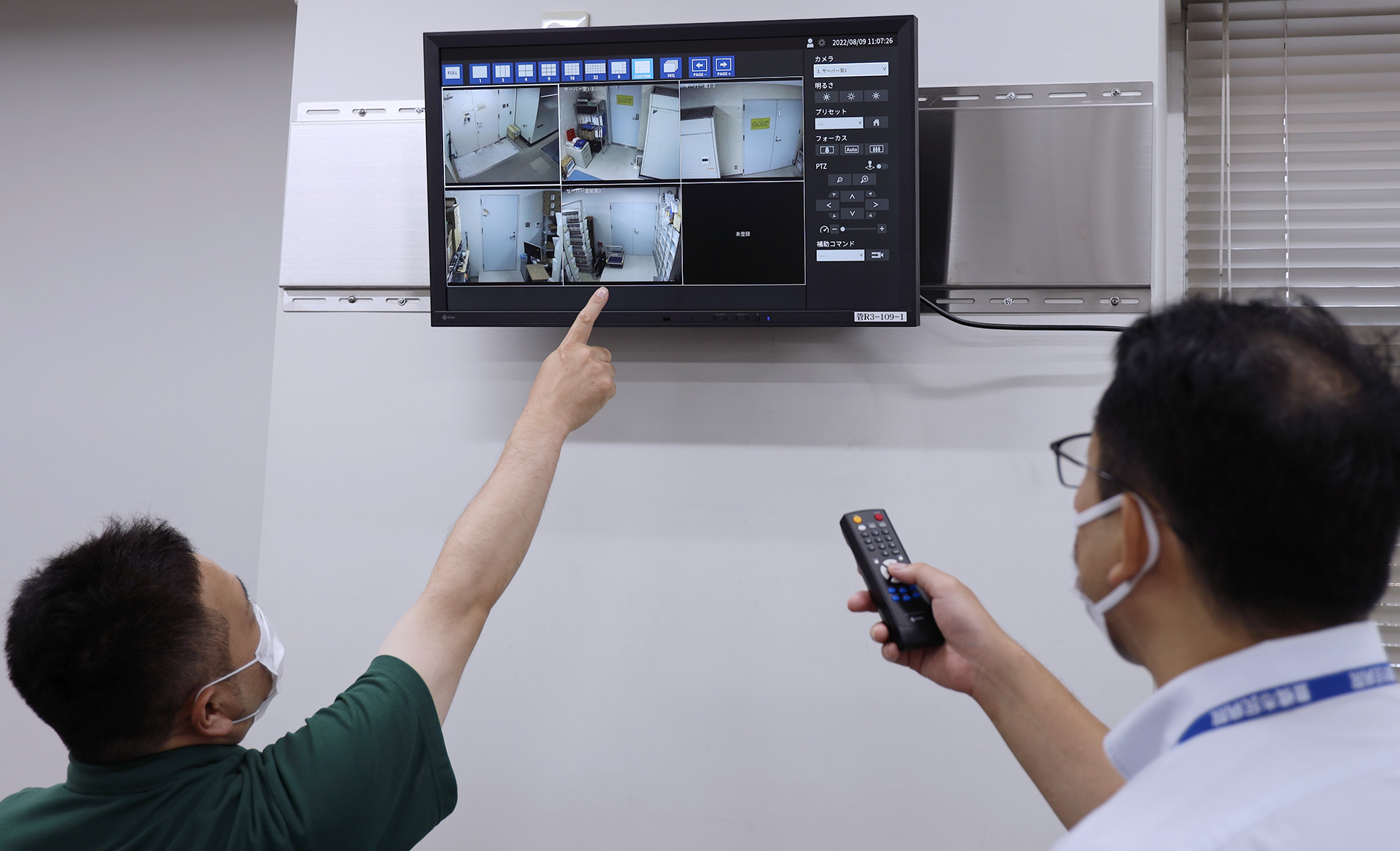
The system they installed has a total of five surveillance cameras located inside the server room and the nearby server staff room entrance, where operational support staff are stationed. IP decoding monitors are installed in the Medical Information Division office and the server staff room, where live feeds from the cameras are displayed. In addition to live monitoring, the system also has an integrated video recorder that saves a month’s worth of surveillance video so that if something happens, the video can be reviewed and investigated.

System Configuration
|
We interviewed Masatoshi Harase and Manato Takeuchi from the Medical Information Division to find out why they chose EIZO and their thoughts on using the new system. What is the main function of the Medical Information Division?Building Medical Information Systems and Promoting Security MeasuresThe Medical Information Division develops, builds, and operates the hospital’s medical information systems. We spend our time working to improve the efficiency of hospital staff and the quality of hospital services through our medical information systems. Recently, we have also been working to implement more robust information security measures with a focus on things like privacy protection and leak prevention. |
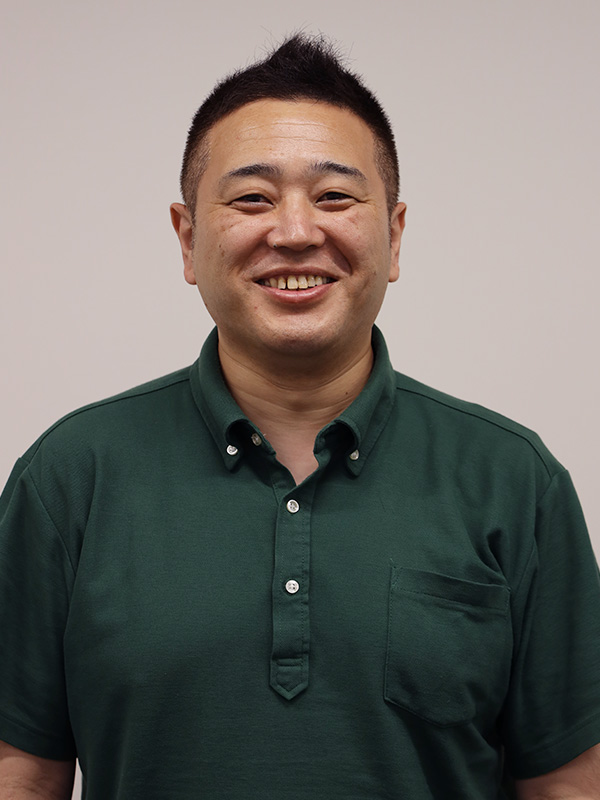
Masatoshi Harase |
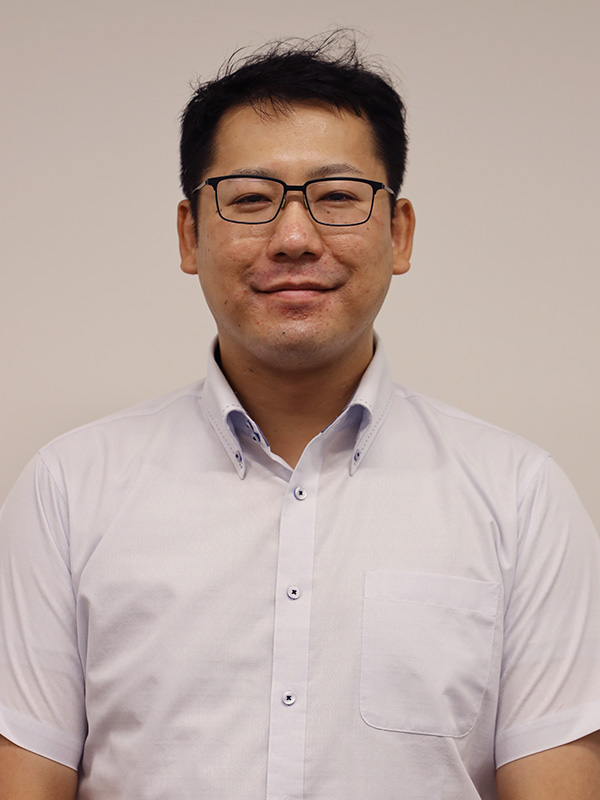
Manato Takeuchi |
What led you to choose this system?
An Effective Way to Enhance Security
Every year, Toyohashi Municipal Hospital works with security support specialists to improve the hospital’s internal security policy and management system. We also provide security training to our entire staff, including outsourced staff, as part of our continuous efforts to improve security.
What prompted us to establish this system in the first place was when an audit by a security support specialist pointed out that we needed to comply with the Guidelines for Security Management of Medical Information Systems issued by Japan’s Ministry of Health, Labour, and Welfare.
In the past, when someone entered or left the server room, they would simply write down their name and the name of their company on a list. However, the guidelines state that in places where safety management is critical, the actions of workers should be controlled by surveillance or other means. Based on this, we thought that it would be a good idea to set up a server room surveillance system using networked cameras. This was the beginning of our system planning.
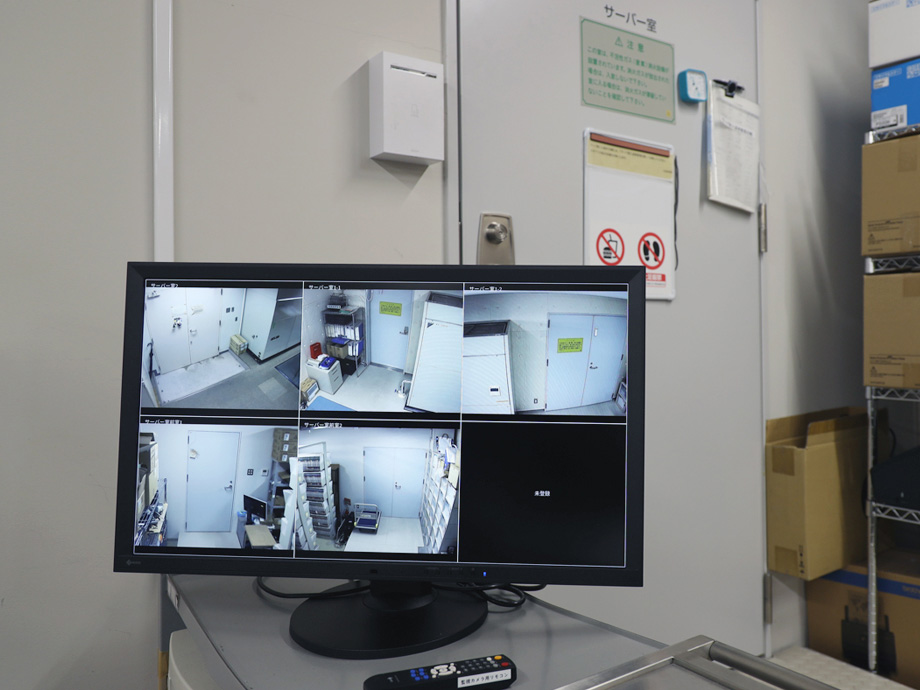 FDF2711W-IP in front of the Server Room
FDF2711W-IP in front of the Server Room
|
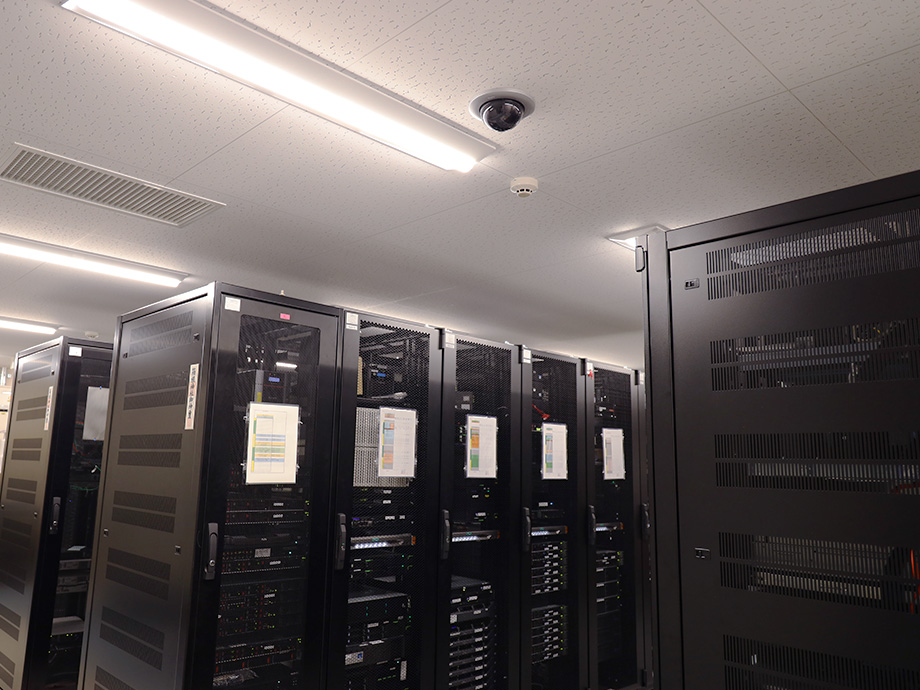 Surveillance Camera in the Server Room
Surveillance Camera in the Server Room
|
|
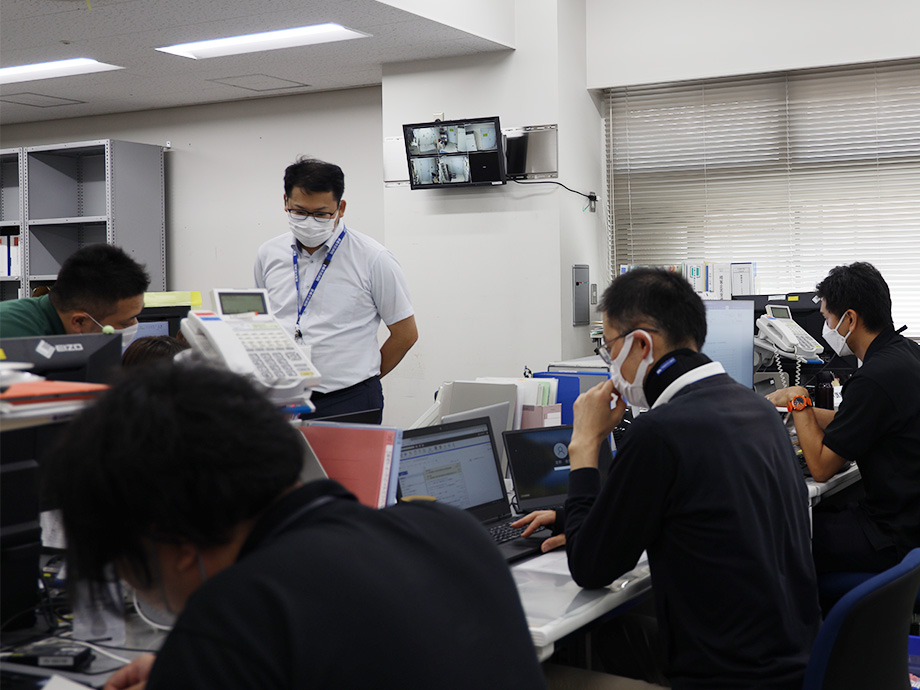 Medical Information Division Office
Medical Information Division Office
|
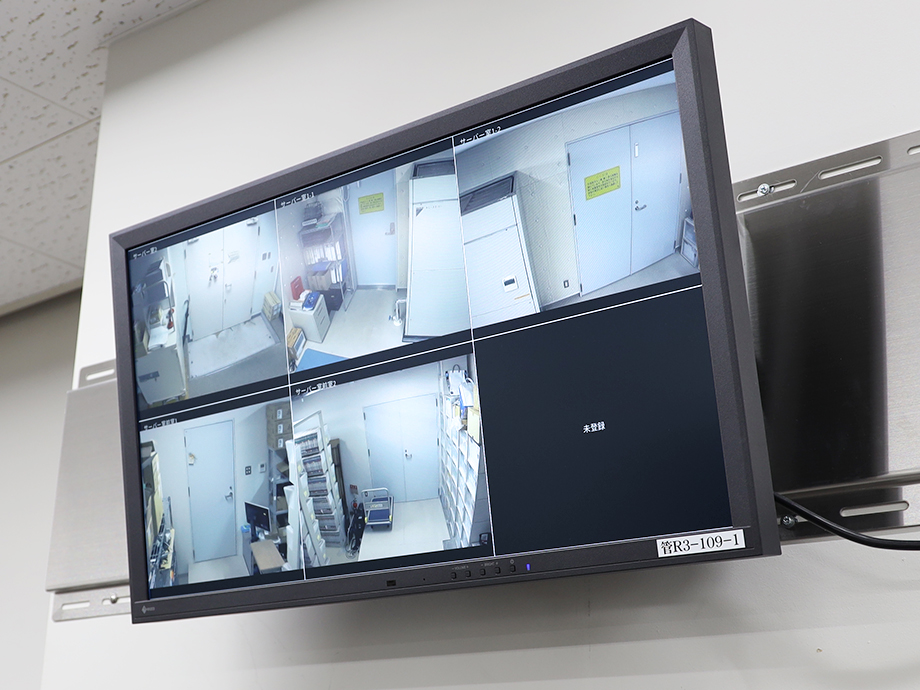 FDF2711W-IP in the Medical Information Division Office
FDF2711W-IP in the Medical Information Division Office
|
What made you choose EIZO products?
PC-Less Camera Operation and Real-Time Camera Feeds
Displaying camera feeds for the server room surveillance system requires a monitor, so we approached EIZO which we use their RadiForce medical monitors and FlexScan monitors for displaying electronic health records. EIZO then introduced their IP security monitors to us, and we chose the monitor due to the fact that we could build a live surveillance system that didn’t require a computer.
Click here for more information about easily building a computer-free hospital surveillance system.
Typically, surveillance systems require a computer between the cameras and the monitor, and the computer is used to view live feeds and control the pan, tilt, and zoom (PTZ) of the cameras. EIZO’s IP decoding monitors, on the other hand, make it possible to view live camera feeds without a computer – just turn on the monitor, and you can see the camera feeds immediately. They also allow us to easily adjust camera PTZ directly, or change the layout displayed on the screen. Being able to build a super-simple system without a computer has great advantages: less cabling means easier cable management and less hardware overall means less risk of a hardware failure.
What benefits have you seen since implementing the system and what has been your experience with it?
Intuitive PTZ Control for Each Camera and Improved Security through Recordings
We’ve found the IP decoding monitors to be as user-friendly as we’d hoped. The controls are intuitive and easy to understand, and it’s been great to be able to use the monitors without complicated explanations and without getting lost in the UI.
|
Incorporating a video recorder into the IP decoding monitor surveillance system to record the camera feeds was also a great way to help improve security. Before, there was no real way to know what kind of work was actually going on in the server room. Now that we’ve installed this system, we can immediately review the recorded video data if something unexpected happens, in addition to controlling camera PTZ from the IP decoding monitor in the office to see what’s happening in the room. Beyond our initial goal of improving security, the system has also been valuable as a way for the people in the Medical Information Division to see where the operational support staff, who are usually stationed in the server staff room, currently are and what they’re working on. In the past, the Medical Information Division and the operational support staff worked close to each other, which made communication easier. Now, the operational support staff works out of the room near the server rooms, so the two groups are more separated than they used to be – both physically and in terms of communication. Now that we have this new system, we can see for ourselves if the operational support staff is there in the server staff room without having to make phone calls all the time. |
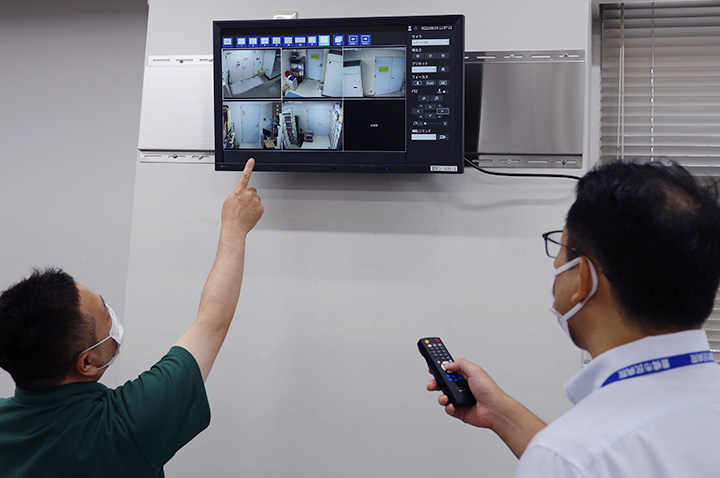 Operating the System Using a Remote Control |
Do you have any requests regarding IP decoding monitors? What is your outlook for the future?
It’s unfortunate that this new IP decoding monitor surveillance system doesn’t support two-way calls between IP decoding monitors and cameras. It would be nice to be able to select a camera and then be able to make a call to that location. The Medical Information Division and operations support staff would be able to communicate more easily, and it would also make it easier to call workers who are in the server room.
Here at the hospital, we use the RadiNET Pro monitor quality management server to centralize asset management for RadiForce and FlexScan monitors, and we hope to do the same for the IP decoding monitors. We believe that, while the wear and tear on monitors over time may vary from unit to unit, for the most part, they are affected by how long they are used. So, if RadiNET Pro could be used to manage usage time, we think it could help make decisions easier when it comes time to upgrade monitors.
We’re currently looking at building a new server room when we upgrade our electronic health record system, and we’d like to further expand the surveillance system we already have in place. The theft or leakage of information assets can have a significant impact on the credibility and management of the hospital. Therefore, we will continue to strive for further enhancement of security measures.
|
Toyohashi Municipal Hospital Website |
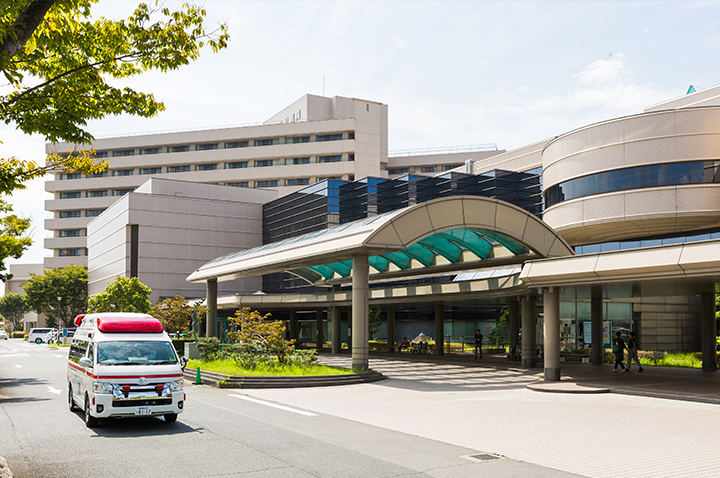 |
![]()
Deployed Products
- DuraVision FDF2711W-IP (successor model FDF2712W-IP)

